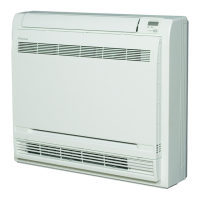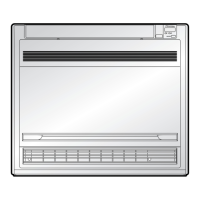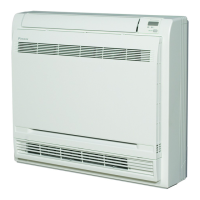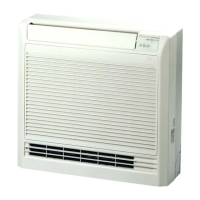What to do if Daikin FVXS50GV1A operation stops suddenly and the OPERATION lamp flashes?
- AAngela ReyesAug 7, 2025
If your Daikin Air Conditioner stops suddenly and the OPERATION lamp is flashing, try the following: * Clean the air filters or remove any obstructions, then turn the breaker OFF and then ON again. Try operating the air conditioner with the remote controller. * If the indoor units connected to the outdoor units in the multi system are not in the same operation mode, set all indoor units to the same operation mode and check if the lamps flash. * If the operation mode is set to 'AUTO', temporarily set all indoor unit operation modes to 'COOL' or 'HEAT' and check if the lamps return to normal.





